To the Nines
Watson Racing developed a new 9-inch IRS for straight-line S550s
By Steve Turner
Photos courtesy of Watson Racing
From the moment it was announced that the 2015 Mustang would feature an independent rear suspension, many of us started to fret about how the new pony car would handle drag strip launches. As it turns out, the cars have performed quite well with moderately enhanced power levels, but as we head into the first full racing season since the S550s hit the streets, some cars might need a more durable option, and that’s what Watson Racing has created.

“The factory IRS is very nice but was built for handling, with a few compromises made for NVH. Straight-line racers will know that drag racing with an IRS system can be risky; component failures can lead to serious trouble at the big end of the track,†Patrick Lee, who handles dealer development, sales, and support at Watson Racing, explained. “Because of the new chassis design, there will likely never be a bolt-in solid axle option for this car. At ride height, the axle is just too close to the frame rail. Installing a solid rearend is possible, but requires a lot of serious fabrication and cutting-up of the car.â€
In order to add the strength of a 9-inch, Watson Racing developed a bolt-in solution for high-powered S550s that retains an independent rear suspension, but greatly enhances durability.

“The 9-inch is the drag racing gold standard when it comes to strength and gear ratio selection,†John Phillips, Business Development Manager at Watson Racing, said. “Mating it with heavy-duty IRS components and a lightweight tubular cradle is the perfect mix for a true bolt-in-upgrade rearend system.â€
While builders of all-out race cars might be fine with the cutting and welding necessary to transplant a solid rear axle, owners of street and street/strip Mustangs might not want to make that sort of commitment.

“It comes down to three things: strength, ease of installation, and weight savings. The day has come where 1,000-horsepower street cars are common, these guys don’t want to cut up the rear of their cars, our bolt in setup is the perfect solution,†John added. “Also, the S550 can certainly stand to shed some weight and if it can be done while gaining strength, it’s a no-brainer.â€
If you have one of these high-powered street cars or are planning to build one, the only thing you must be wondering is when this system will be available and how much it will cost. Neither has been determined yet, but Watson Racing will be testing the prototype system this weekend at the NMRA season opener in Bradenton, Florida. If the testing goes well and there’s enough interest in the system, you could see it available sooner than later.
“While the system we will debut in Bradenton is a prototype, don’t assume it will be next year sometime before it is available,†John said. “Once we pull the trigger on production, there’s no reason the system couldn’t be available mid-season.â€










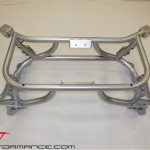
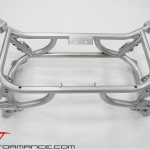
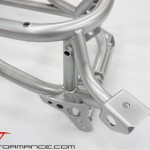
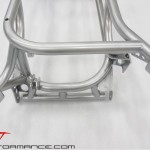
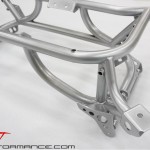
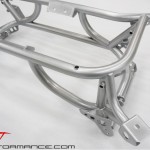
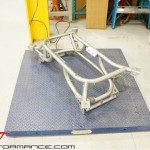
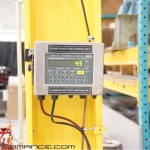
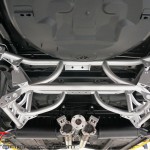
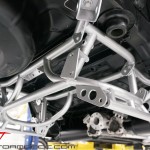
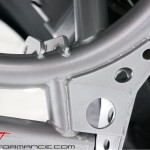
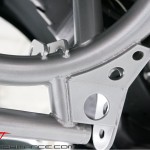
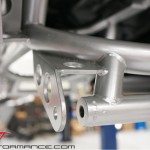
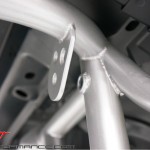
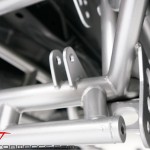
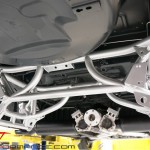
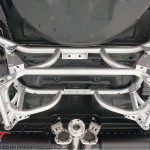
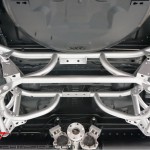
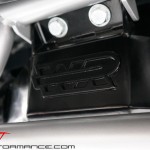
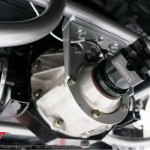
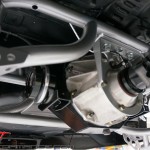
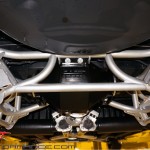
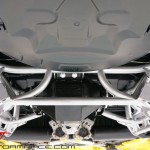
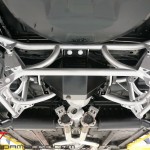
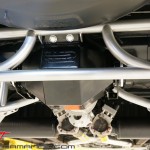
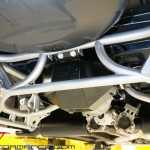
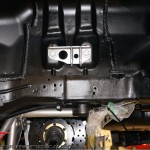
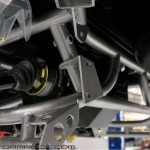
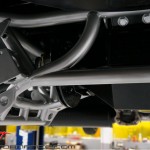
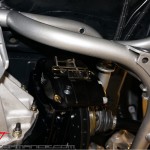
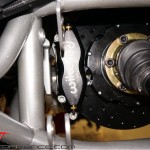
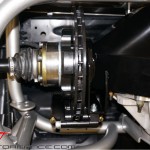
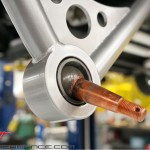
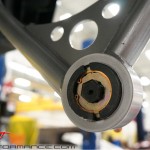
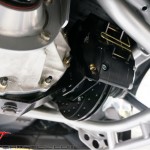
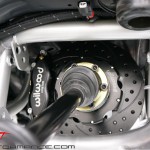
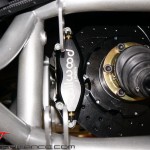
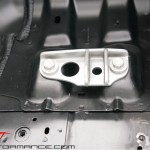
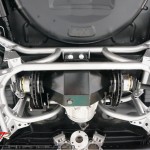
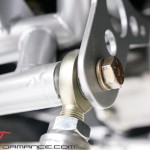
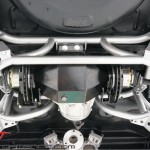
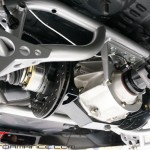
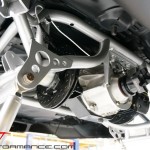
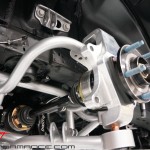
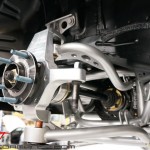
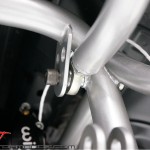
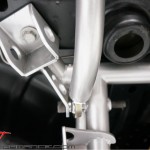
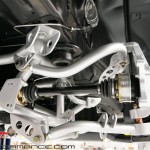
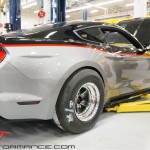
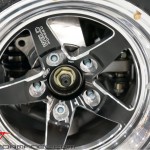
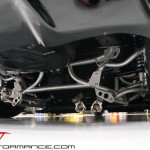
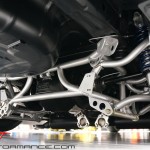
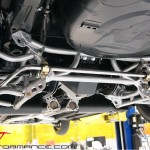
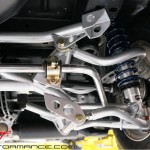
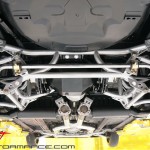
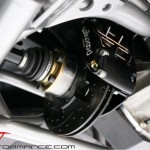
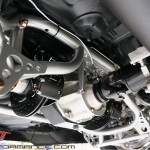
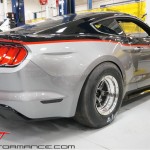
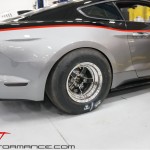
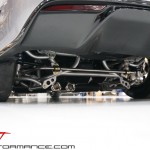
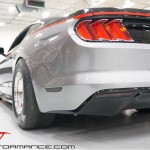
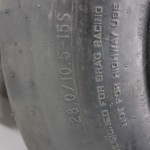
Holy Epic!!!!!!!!!!!! Great Article!
Thanks, Torchy! Glad you enjoyed it.
Wow makes me wanna cry! Why oh why can’t I have one of these for my 03 Cobra? Beautiful work!!!